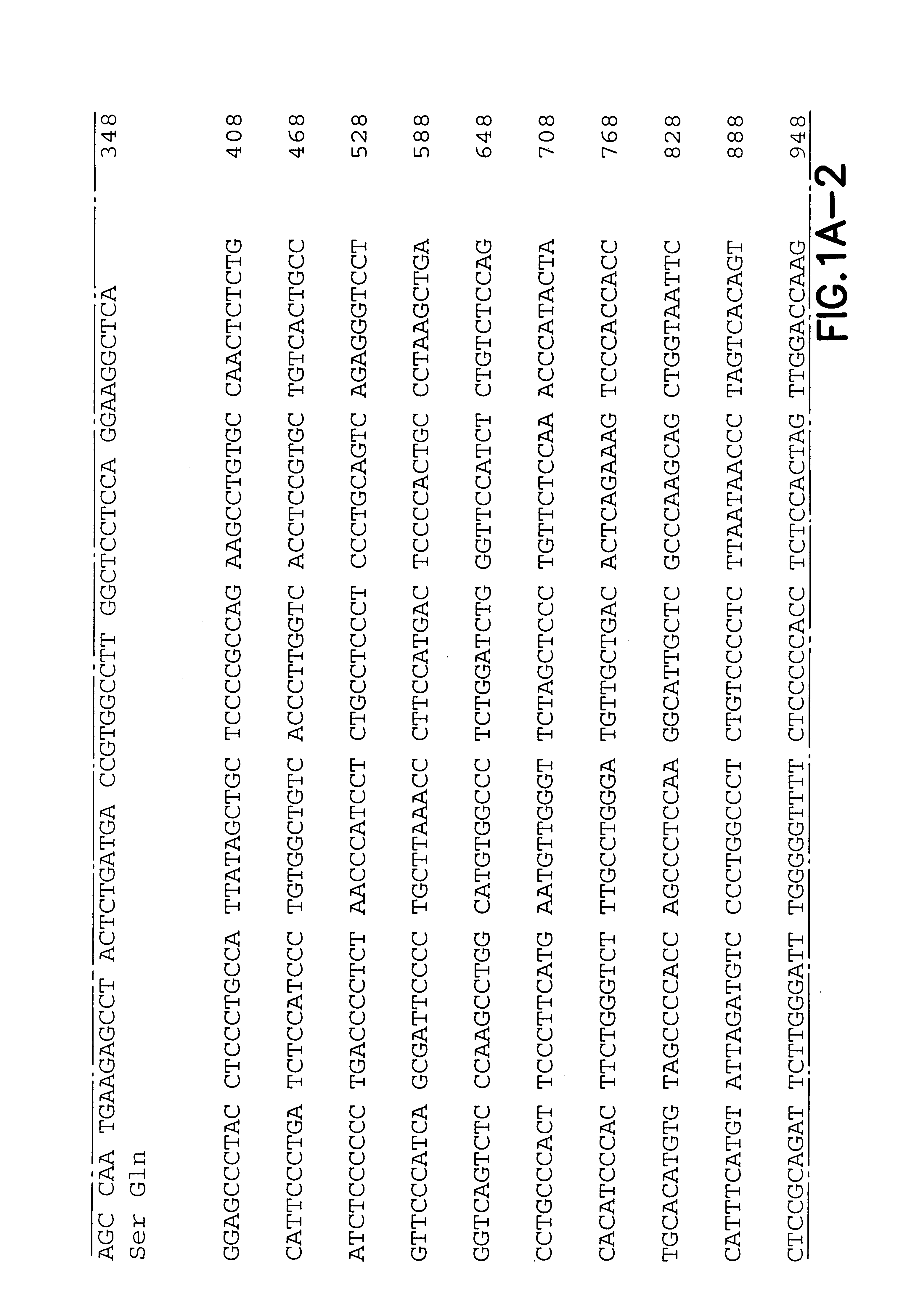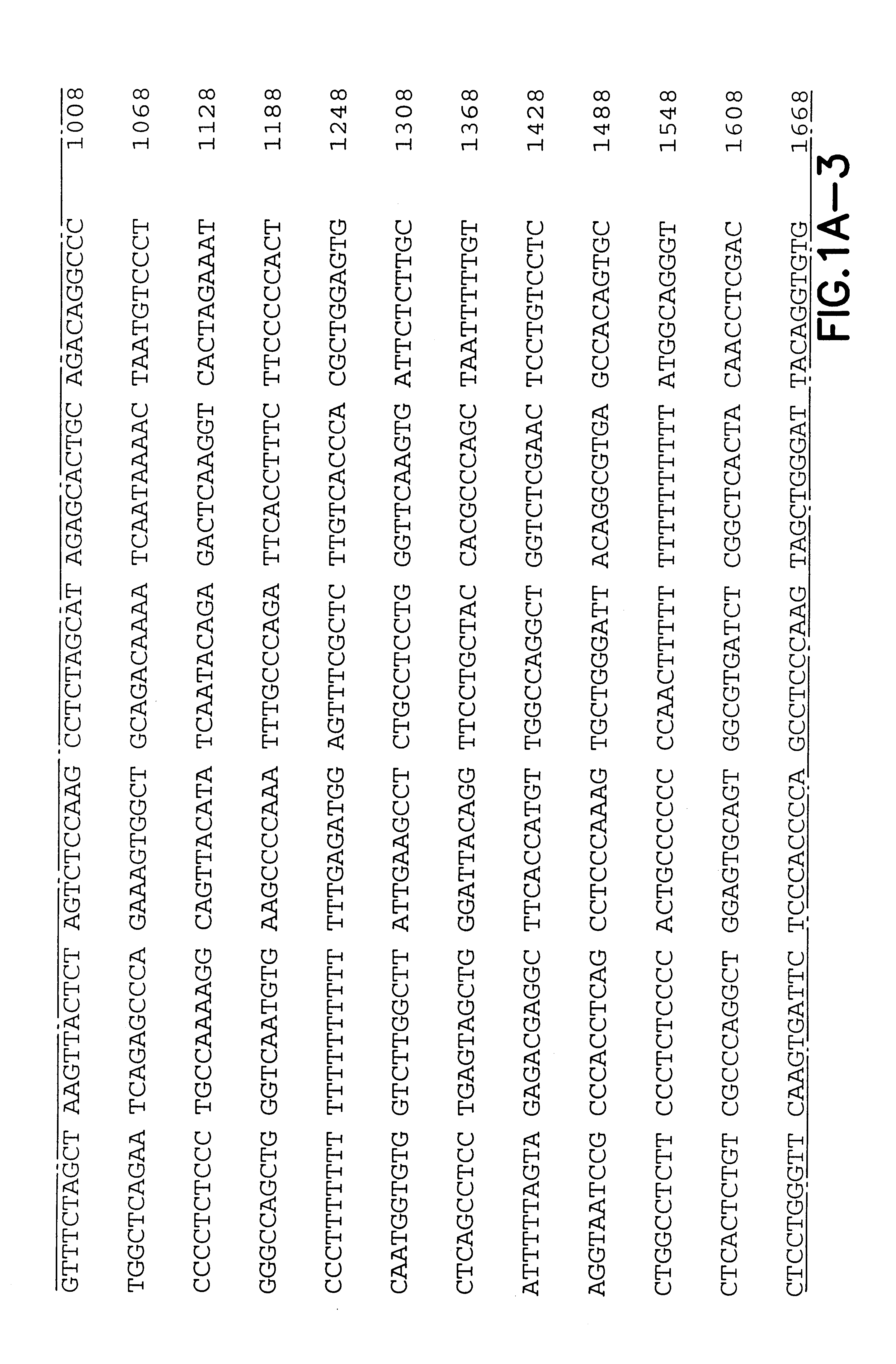Immuno-modulating effects of chemokines in DNA vaccination
a technology of immunomodulating effects and chemokines, which is applied in the field of immunomodulating effects of chemokines in dna vaccination, can solve the problems of inability to induce active infection, protein immunization is not very effective in inducing cell-mediated immunity, and the use of most vaccines has only limited efficacy in inducing efficient humoral responses, etc., to achieve the effect of improving the speed of antibody response, reducing the number of immunizations
- Summary
- Abstract
- Description
- Claims
- Application Information
AI Technical Summary
Benefits of technology
Problems solved by technology
Method used
Image
Examples
Embodiment Construction
3.1 HIV Vaccines
Human immunodeficiency virus (HIV) induces a persistent and progressive infection leading, in the vast majority of cases, to the development of the acquired immunodeficiency syndrome (AIDS) (Barre-Sinoussi et al., 1983, Science 220:868-870; Gallo et al., 1984, Science 224:500-503). The HIV envelope surface glycoproteins are synthesized as a single 160 kilodalton precursor protein, which is cleaved by a cellular protease during viral budding into two glycoproteins, gp41 and gp120. gp41 is a transmembrane glycoprotein and gp120 is an extracellular glycoprotein which remains non-covalently associated with gp41, possibly in a trimeric or multimeric form (Hammerskjold, M. and Rekosh, D., 1989, Biochem. Biophys. Acta 989:269-280). The V3 loop of gp120is the major determinant of sensitivity to chemokine inhibition of infection or replication (Cocchi et al., 1996, Nature Medicine 2:1244-1247; and Oravecz et al., 1996, J. Immunol. 157:1329-1332).
Although considerable effort i...
PUM
| Property | Measurement | Unit |
|---|---|---|
| volume | aaaaa | aaaaa |
| total volume | aaaaa | aaaaa |
| concentration | aaaaa | aaaaa |
Abstract
Description
Claims
Application Information
 Login to View More
Login to View More - R&D
- Intellectual Property
- Life Sciences
- Materials
- Tech Scout
- Unparalleled Data Quality
- Higher Quality Content
- 60% Fewer Hallucinations
Browse by: Latest US Patents, China's latest patents, Technical Efficacy Thesaurus, Application Domain, Technology Topic, Popular Technical Reports.
© 2025 PatSnap. All rights reserved.Legal|Privacy policy|Modern Slavery Act Transparency Statement|Sitemap|About US| Contact US: help@patsnap.com



